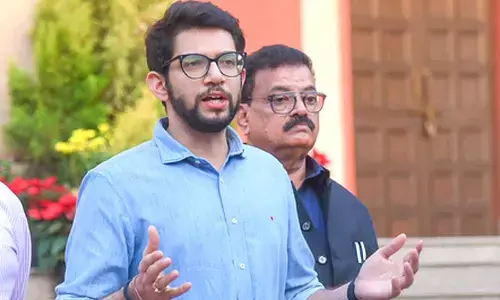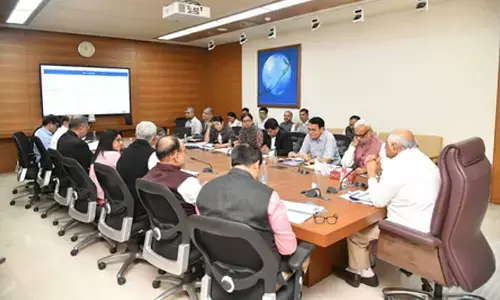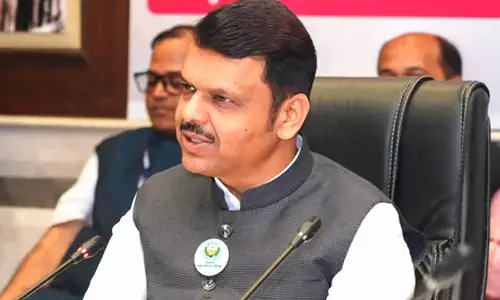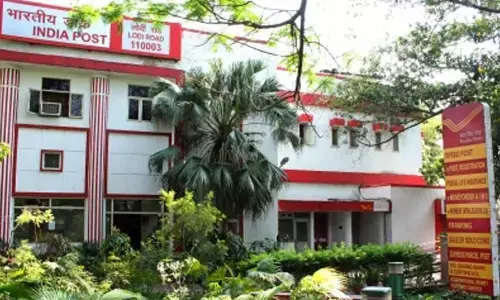Police, others vs lawyers, others
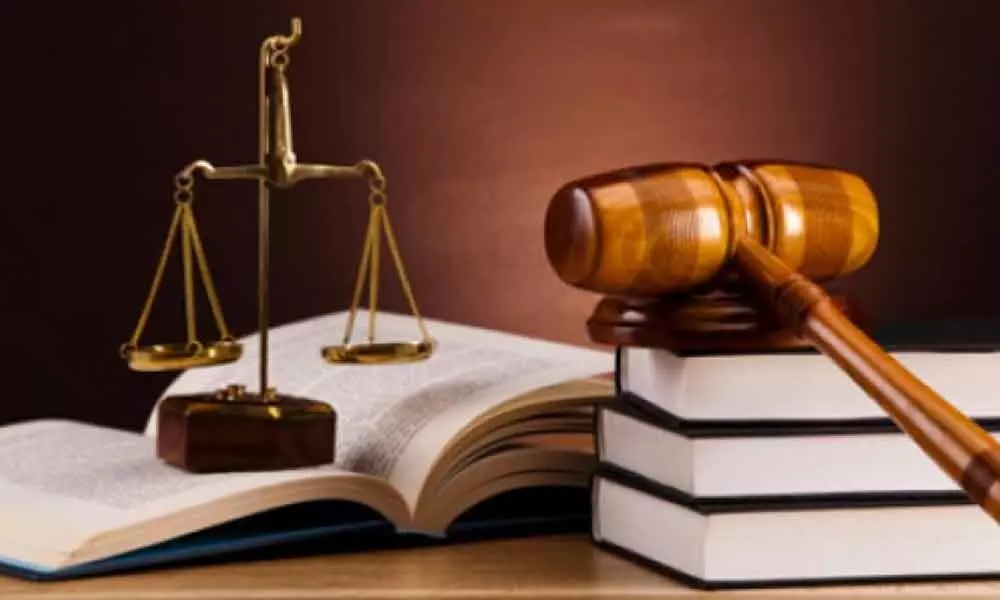
The nation witnessed one of the worst violent clashes between two indispensable arms of judicial fora.
The nation witnessed one of the worst violent clashes between two indispensable arms of judicial fora. The free for all ghastly incidents were triggered of on November 2 and still continuing in the country's capital and elsewhere. Undoubtedly, these incidents deserve to be condemned in one voice.
Many people think that the war between advocates and police was ignited by a small scuffle between the two on a trivial issue of parking a lawyer's car in an area reserved for police vehicles.
If that was really the case, then the matter would have been resolved immediately after the intervention of senior lawyers, judicial officers and police officials.
Even if we consider the fact that from both the sides at that time tempers were running high and therefore, the wise sense did not prevail, it is hard to believe what refrained both sides to honour the orders of the Bar Council of India (BCI) and the Delhi High Court as well as the Chief Justice of India (CJI).
While the blame game still continues, the pattern, timing and sequence of events right from day one till today clearly suggest that the violence between advocates on the one side and police on the other was not at all spontaneous but meticulously pre- planned.
Consider this: the apex court is likely to deliver some most sensitive judgements including the one on Ram Mandir in just a few days, the Tukde Tukde and Azadi gangs with the overt and covert support of opposition parties including Congress, Communists and the lone wolf AIMM have never spared any opportunity to take to streets and ultimately to the courts and media with the sole aim of painting the government of the day and other arms of Constitution in black and thereby convey to the rest of the world that all is not well in India. However, every time these anti-national elements have miserably failed.
Going by the track record of the hell-bent separatist and divisive elements, there is not even an iota of doubt that in the latest unsavoury episode they are once again at the very same old game.
To impersonate as a policeman or a lawyer, no gruelling training at the National School of Drama (NSD) is needed. That is why neither the police is able to recognise the persons who posed as cops and shot at a couple of lawyers nor the so-called lawyers who manhandled the policemen.
Still to be fair, we should not lose sight of the fact that many associations of advocates right from the national level to the Taluka level are infested with the anti-national and separatist elements.
They act as front organisations of political parties and extremist outfits. The latter could appropriately fit in the definition of 'urban Naxalites.'
Such elements taking undue advantage of Constitutional provisions and liberal attitude of authorities have infiltrated all spheres of organised labour and professions such as teaching, medical and legal.
However, credit must be given to the judiciary and the apex statutory body of lawyers for having risen to the occasion as soon as the clashes between policemen and lawyers erupted.
The Bar Council of India, Delhi High Court and Supreme Court of India wasted no time in taking cognizance of the matter and all of them actively engaged in the firefighting exercise which has contained the skirmishes to a great extent.
Indeed, the sordid story has much to convey. Unfortunately, most of us only focus our attention on the aspects such as hooliganism, inaction of police higher ups and the vows of litigant public which are the fallout of the incidents while to know the real genesis of the issue, we should take a deep totalitarian view and shun myopic approach.
Then, there will not be any difficulty in identifying the 'Others' mentioned on both sides in the caption of this story.
SC explains its earlier judgement
The Supreme Court of India while explaining its earlier judgement in Lalit Kumar Sharma vs. State of Uttar Pradesh, 2008 (5) SCC 638 has held that a second complainant under Section 138 of Negotiable Instruments Act (NI Act) is maintainable for the dishonoured cheque issued in pursuance to the compromise arrived at the Lok Adalat concerning the dishonour of a cheque.
A division bench comprising Justice Indira Banerjee and Justice M R Shah in a Judgement in Arun Kumar vs. Anita Mishra held that since the award passed by a Lok Adalat was on a par with the decree of a civil court and that a fresh cause of action had arisen after the dishonour of the cheque issued by the respondent following a settlement, a complainant under Section 138 of NI Act was maintainable.
The court cited its earlier Judgement in K N Govindan Kutty Menon vs CD Shaji, (2012) 2 SCC 51 to buttress its conclusion and set aside the High Court order.
SC seeks SG's help on question of bail
In an exercise, result of which might bring the paradigm change in the matter of granting bail to the life convicts pending their appeals, the Supreme Court has sought the help of the Solicitor General of India Tushar Mehta to suggest a mechanism to deal with the situation.
While hearing the Special Leave Petition (Crl) Diary No.35524/2019 in Khurshid Ahmed vs. State of Uttar Pradesh, the bench comprising Chief Justice of India Justice Ranjan Gogoi and Justice Surya Kant fairly stated: "No order of expeditious hearing ought to be passed by any court without good and cogent grounds as the same may affect other litigants whose appeals are similarly pending."
In the case on hand, the petitioner was convicted for the offences under Sections 302, 147, 148, 120-B read with Sections 149 and 201 of IPC.
Since his conviction in 2017 the petitioner has been serving life imprisonment in jail while his appeal against conviction has been pending in the High Court.
It is good that the highest court of the land has now taken upon itself to devise a sort of legally tenable mechanism in the matter of granting bail to the life convicts pending their appeals.
TSHC not happy with RTC shifting stand
At a time when the TSRTC employees strike has entered the divisive stage, the State High Court has rebuked the officials for their lackadaisical attitude and filing affidavits with inconsistent stand. The High Court will also hear the PIL relating to privatisation of 5,100 routes.
Meanwhile, as many as 17 employees have committed suicide. This gory fact itself is sufficient to arrive at an amicable solution to issue.









